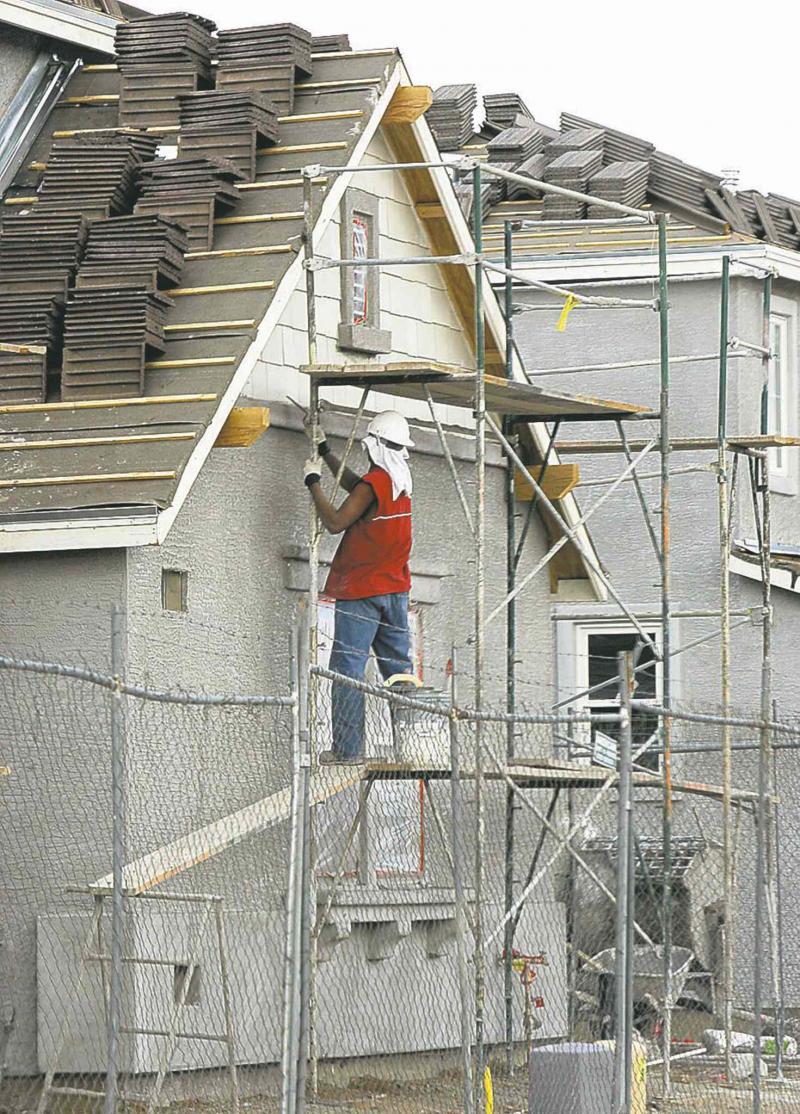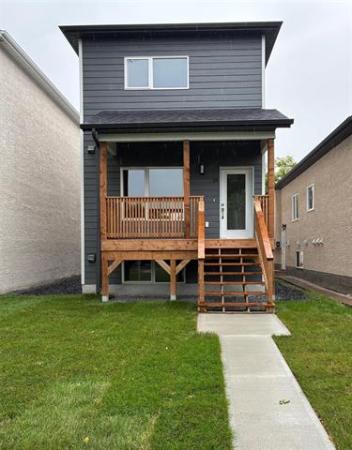
QUESTION: Throughout the last two years of renovation and addition to a 1931 River Heights home I purchased and recently moved into, I've enjoyed your column both for items to consider in construction and occupancy. I am in the last phase, that being exterior finishing.
As mentioned, an addition was made to the house, which meant that existing stucco and new stucco will have to meet. I would prefer to keep the pattern/style of the stucco the same for aesthetic purposes, but am told that older methods which used lime are no longer available. I intend to elastomeric paint the entire house once completed, so color match is not a concern, only texture.
Can you advise on the differences between the older and newer methods, and are you aware of anyone who could take on a job like this?
Thank you, Derrick Bertrand.
ANSWER: I understand and agree with your desire to match the stucco on the new addition with that of the original home. While the two materials may not be identical in composition, they're similar enough to make a match possible. The difficult part of the equation is finding a skilled mason who can do the job.
Traditional stucco, used for siding on many homes in Manitoba, is normally installed in three layers. The first is a simple mortar mixture that is spread with a trowel over crimped metal stucco wire, with large gaps between the criss-cross wires. This wire is used to help bond the mortar layer to the exterior walls, while leaving a small gap behind to allow the porous finished product to dry after precipitation. This layer should be very similar to older stucco, being comprised mainly of Portland cement and sand.
Once this "scratch coat" sets, the slightly rough surface is ideal to adhere to the next layer in the process, the actual stucco mixture itself. This second layer may be a natural grey/beige, or it can be tinted almost any colour. This material may be somewhat different in composition from that of your original house, but the appearance should be quite similar once it dries. The colour may not match but, as you're planning on painting the entire home, that should be irrelevant. Even if the consistency of the surface is not identical with the original, the final coat should cover this layer enough to hide any dissimilarities.
The key to matching the original does lie in this final coat, known as the splash or dash coat. The unusual name derives from the method of application. On many buildings, the final stucco layer was applied with a brush that had large, stiff, widely spaced bristles. This brush was normally coated with the wet stucco mixture and then applied by spraying the material on to the wall surface by carefully coordinated wrist action.
This will be the key to matching your addition stucco to to the main house. The first thing you have to determine is the specific pattern of this final coat on the original exterior walls. If it is a simple series of fairly even, bumpy-looking lumps, then it may be easy to replicate. If the pattern is similar, but the lumps have flattened surfaces, matching may still be relatively simple. Quite often, the dash coat was smoothed off with a flat trowel, providing a very traditional stucco look.
The difficulty may come if there are unusually shaped lumps or protrusions, regularly spaced throughout the walls. That style of finish may have been applied with a tool specifically fashioned for the purpose by the original mason.
No matter what the finish, finding the right stucco contractor to install the siding on the new portion of your building is the key to success. And that could prove to be difficult.
For much of the 20th century, the majority of stucco contractors in our area were masons who originally trained in Europe. After immigrating to Canada, they worked hard to establish their craft and make stucco the dominant siding material for our homes.
During the last couple of decades this has changed, as these artisans, and sometimes their children who followed in their footsteps, have retired. While many of them have been replaced with younger individuals, a lot of the old-world skills and knowledge have disappeared. The actual methods used to create a specific stucco pattern may have be lost with these craftsmen.
Sad to say, but one of the frequent concerns that I hear about newly built homes is poorly installed stucco. Often, hairline cracks can be seen showing up shortly after installation, sometimes following the exact pattern of the stucco wire. I attribute this to a lack of experience or skill by the installers, either due to improper wire installation or mixture of the components.
Your efforts should be directed at finding an older, experienced stucco contractor or mason who has the skill to match the original pattern on your home.
Ari Marantz is the owner of Trained Eye Home Inspection Ltd. and the President of the Canadian Association of Home & Property Inspectors - Manitoba (www.cahpi.mb.ca). Questions can be e-mailed to the address below. Ari can be reached at (204) 291-5358 or check out his website at www.trainedeye.ca.
trainedeye@iname.com



